Remember chat rooms, AIM, and old-school blogging sites like LiveJournal and Xanga? Those were some of the original social platforms. Then came Myspace and Facebook, and many more after. Now everyone's on social media.
The social media landscape changes pretty dramatically from year to year. Platforms come and go, new features are released, and new logos have us in a rage. The fun part is that these new features and algorithm changes constantly keep social media professionals on their toes, and always have us wondering what's coming next.
Over the past few years, I've seen some patterns emerging from successful social media marketing strategies that will transform the way brands utilize social media as we know it. Here's the rundown:
Community-building and engagement will be required, not encouraged.
It's funny how years later, most brands are still really bad at being social on social media. Sure, they might respond to a fan when they get a direct message or comment, but that's barely scratching the surface.
One of the best strategies for building an audience across social channels is proactive engagement. Participating in Twitter chats, intercepting relevant conversations, joining Instagram pods, and engaging as yourself (not your brand) are just some ways to get started. One of my personal favorite community-building strategies is Facebook groups, which are extremely successful for the right industries or niches. In fact, I engage in Facebook groups multiple times daily, but never comment on a post from pages I like.
Creative will be king.
I notice too many brands spending lots of time developing awesome blogs, whitepapers, whatever, only to have zero creative assets to support it. Slap a stock photo they've used for pretty much every other blog, and watch people revel in your genius.
Content is important, but creative is what really captures attention. How many times have you noticed a horrible, cheesy stock photo in your feed? Please, for the love of all that is holy, understand the importance of good creative. If you're unsure, ask a designer. Or better yet, HIRE a designer. Between amazing phone cameras, royalty-free photos, free graphic design sites and more, there's no excuse not to have great photography and graphics to use for social media.
By the way, I highly recommend having a designer work on your assets over DIY, but free design sites are helpful in a pinch.
We'll be able to track conversions from social media better.
"Dark social" is scary. If you're not familiar with the term, it's when people share content through private channels such as instant messaging programs, messaging apps, and email. If someone shares your post to their friend via Facebook Messenger or Instagram direct, we currently have no way of tracking that. Platforms don't show "shares to messenger" in analytics - yet. If a person clicks on the article sent by their friend in Messenger, it may show up as "Direct" traffic in Google Analytics, instead of from "Social Media".
Basically, social media efforts have historically been a challenge to track because of the multi-touch point attribution funnel, and the increase in dark social (i.e. messaging apps may make it much more difficult before it gets better). Brands should stay open minded about the overall value of social media for their business, and not just the last-click attribution analytics and ROI.
The most effective content won't be made by brands.
Yes, I'm talking about social influencers, ambassadors and even your current customers. I'm talking reviews, unbranded content creation and tapping into conversations already happening about your brand.
Most people don't trust content from brands. People trust other people. According to a Bright Local study, 88% of consumers say they trust online reviews as much as personal recommendations. So, monitoring and responding to reviews, messages, and comments will be crucial for gleaning valuable insights about your brand and driving customer advocacy.
Influencers we engage won't just be bloggers or celebrities with millions of fans. Your current customers have social circles of friends, family members and coworkers, too, and shouldn't be forgotten. As we make it easier for people to share their recommendations, you can capitalize on word of mouth via social media.
Sure, companies' current social strategy may be successful now, but rest assured more changes are coming. The reality is that many brands are still operating their social media channels like a machine, thinking only in quantity of posts per day/week, nitpicking captions in content calendars and obsessing over how many new followers they have once it's all posted. We need to change our mindset to adapt to the future of social media, and brands that do things differently will stand the test of time on social media.


